(symbol image: Pixabay)
The metaverse is currently being positioned by tech companies as an important future trend. Bruno Müller, management consultant for business model innovations, comments on the hype and addresses the metaverse as a game changer that will significantly need, but also shape, technology, peripherals and also enterprise networking with 5G and AI.
Bruno Müller (Business Model Innovation Consultant)
How a world changes, we can certainly experience soon with Metaverse. Virtual environments are throwing up business models that some companies are already following today – and the trend is growing. The Metaverse is a tool that is likely to have useful, transformative impacts and represent the next generation of digital experiences.
The most important driver of this virtual scenery is the network operators, who are making Metaverse possible with high-bandwidth, low-latency 5G mobile networks. It is the wide coverage of superfast 5G connections that makes this inflection point for VR and “AR” real, whether using smartphones or rather other types of devices for a more complete Metaverse experience.
Bruno Müller develops digital business models and accompanies companies in their digital transformation. He has extensive experience in high-tech industries in an international environment. In addition, it moderates technological disruptions for decades as a business angel and shapes the industry scene with start-ups and companies with appropriate follow-up innovations including far-reaching economic and social consequences.
A smartphone has long been insufficient to digitally supplement the live experience in the soccer stadium with graphics, statistics and analyses in real time via AI (AR). It is only with 5G that network operators are bringing real-time information to statistics lovers in the stands and increasing network capacity for soccer fans in the stadium. This is made possible by a mobile edge cloud. By processing data in a decentralized manner at the edge of a network, information can be delivered in near real-time to fans’ 5G-enabled smartphones.
For businesses, this trend means that cloud, Internet-of-Things (IoT), Industry 4.0, platforms, eHeath, social impact, eCar, gaming, crytopayment, blockchain, 5G-/6G wireless technologies and circular economies are increasingly merging and can show and also unfold with a metaverse. Importantly, 5G is necessary as an enabling technology for Metaverse. Actions by companies like Google, Apple and Meta indicate their commitment to technology platforms (via smartphones), but also initiatives to build the necessary structures for a Web3.0.
I observe startups and companies investing extensively in the gaming, metaverse enterprise, metaverse office, and innovative video communications markets. The next stage of expansion is an industrial application that will gain more acceptance, visibility and opportunities via Metaverse, and then conquer other industries with virtual worlds. With 5G wireless technology, a wide range of possibilities for the factory of the future are coming into focus, as are autonomous robotic and computer systems, with Metaverse clearly acting as a catalyst to push these things.
In China, the first Metaverse platform is called Xirang, which translates as “Land of Hope.” Search engine company Baidu made it live at the end of December, and up to 100,000 users can interact simultaneously as avatars in the digital universe using special virtual reality glasses. So my appeal is to see Metaverse and interpret it for yourself, even if you don’t have an AR headset/goggles yet. According to the Consumer Technology Association, consumer spending on VR and AR headsets/goggles is through the roof. That means the metaverse is closer than you think.

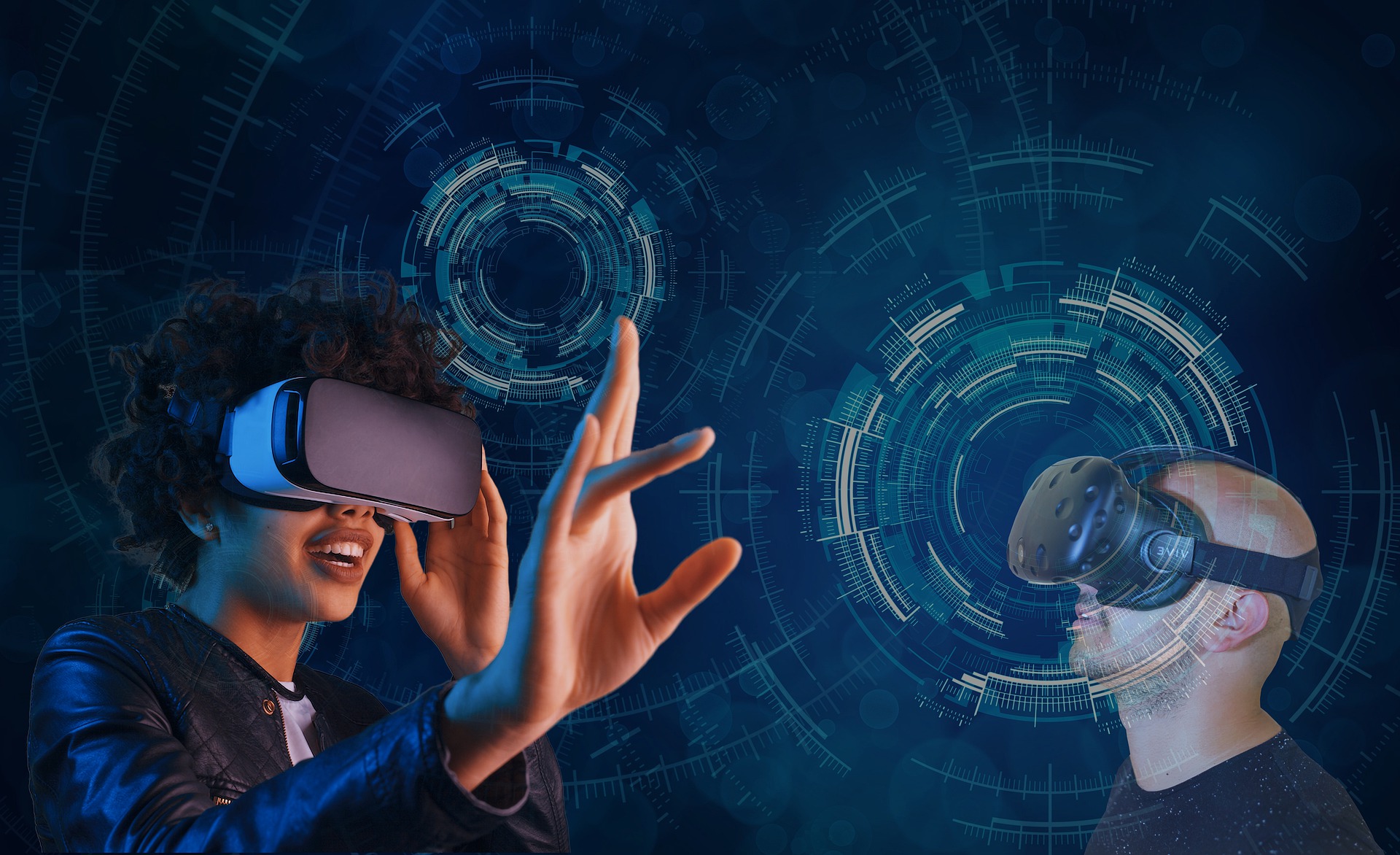
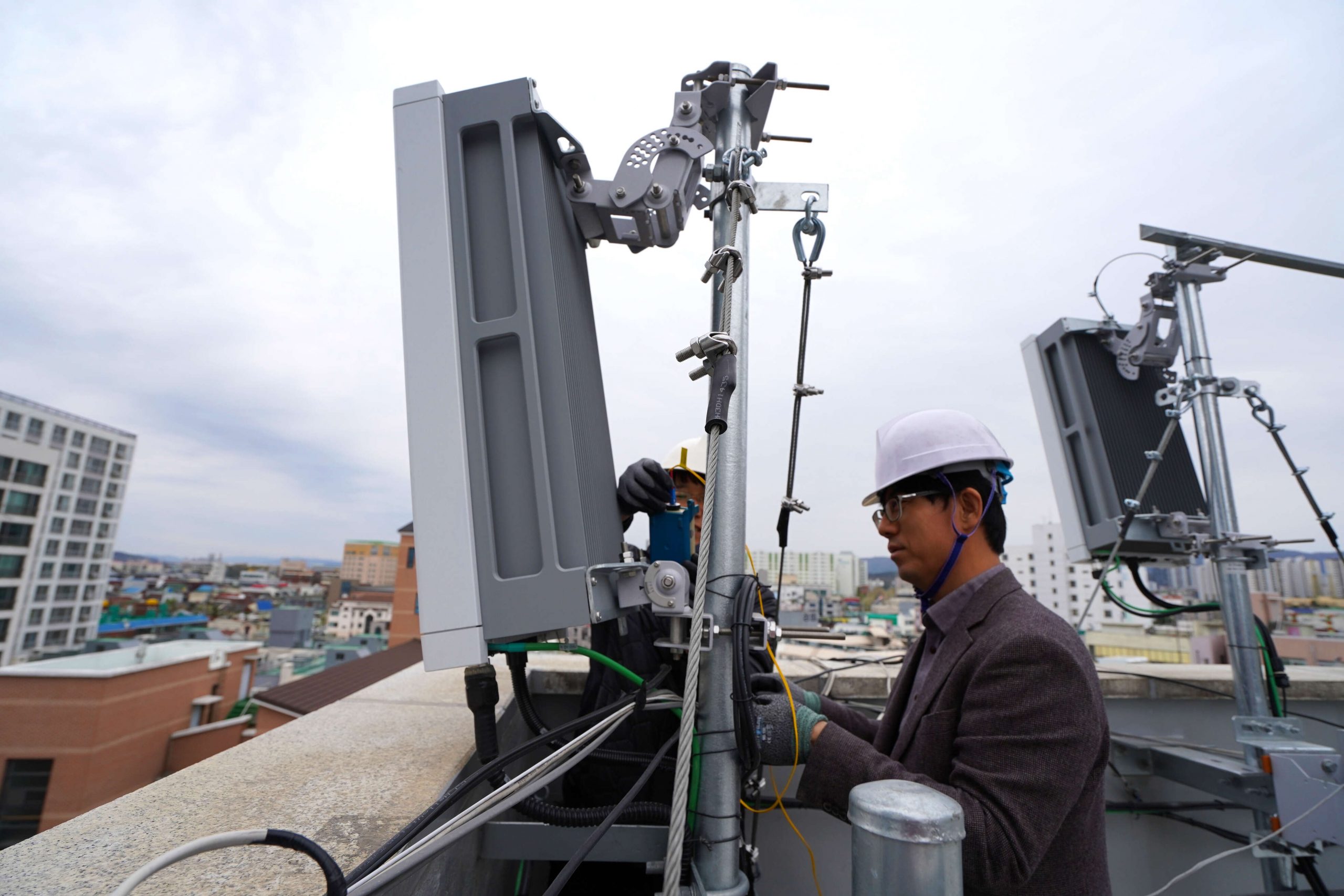
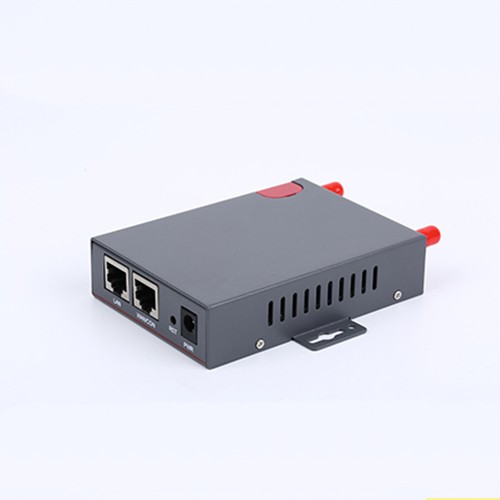

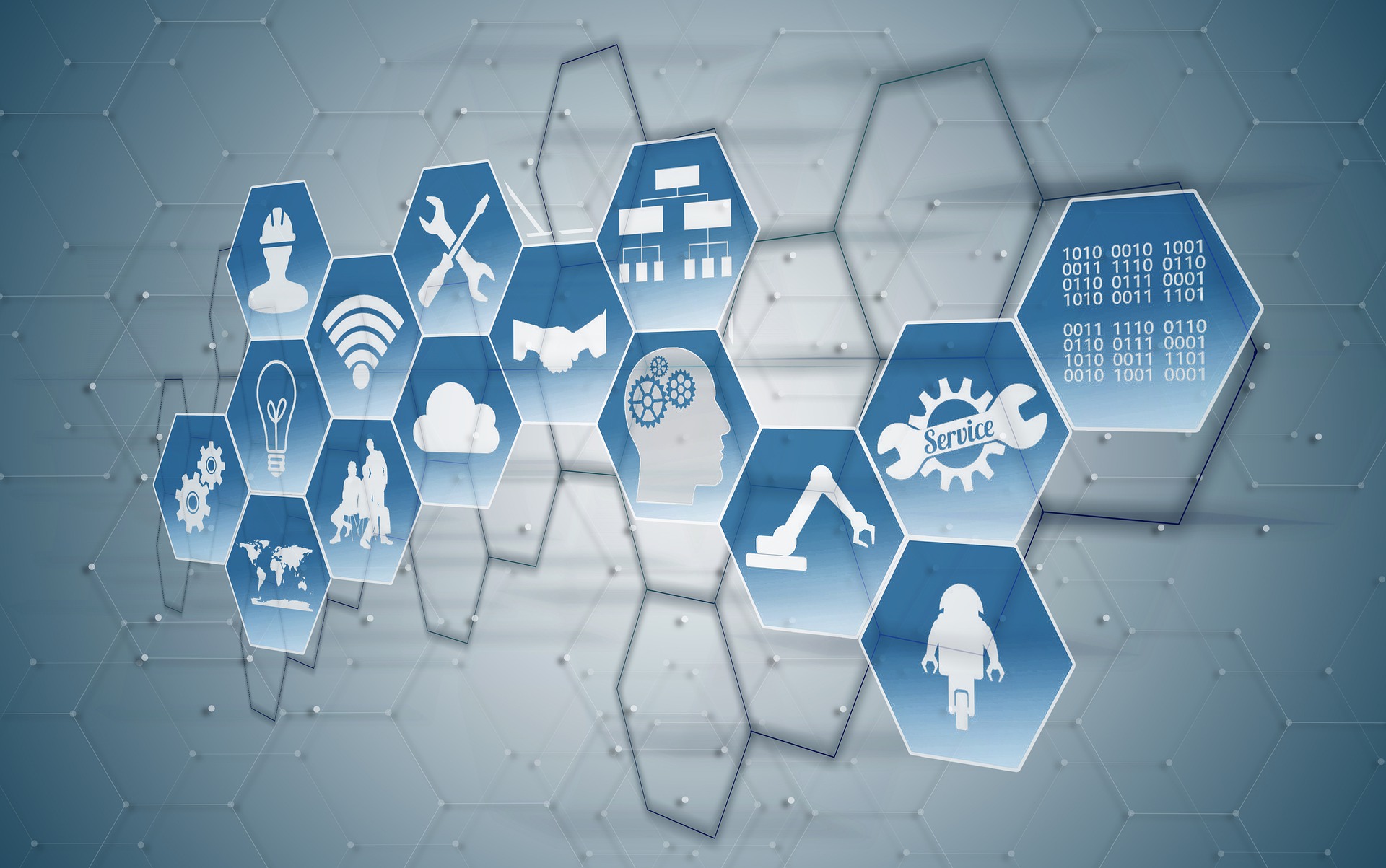
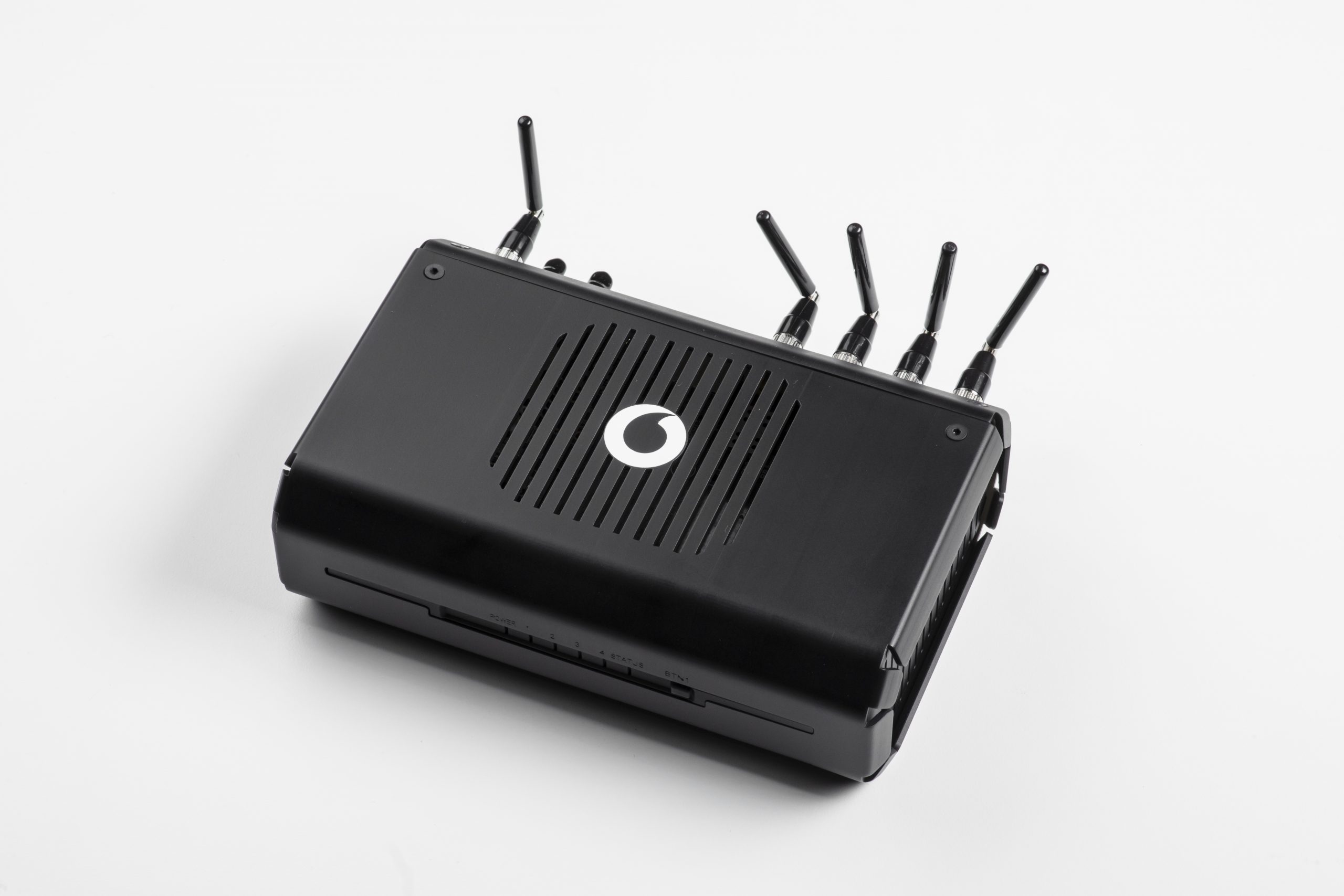


Leave A Comment